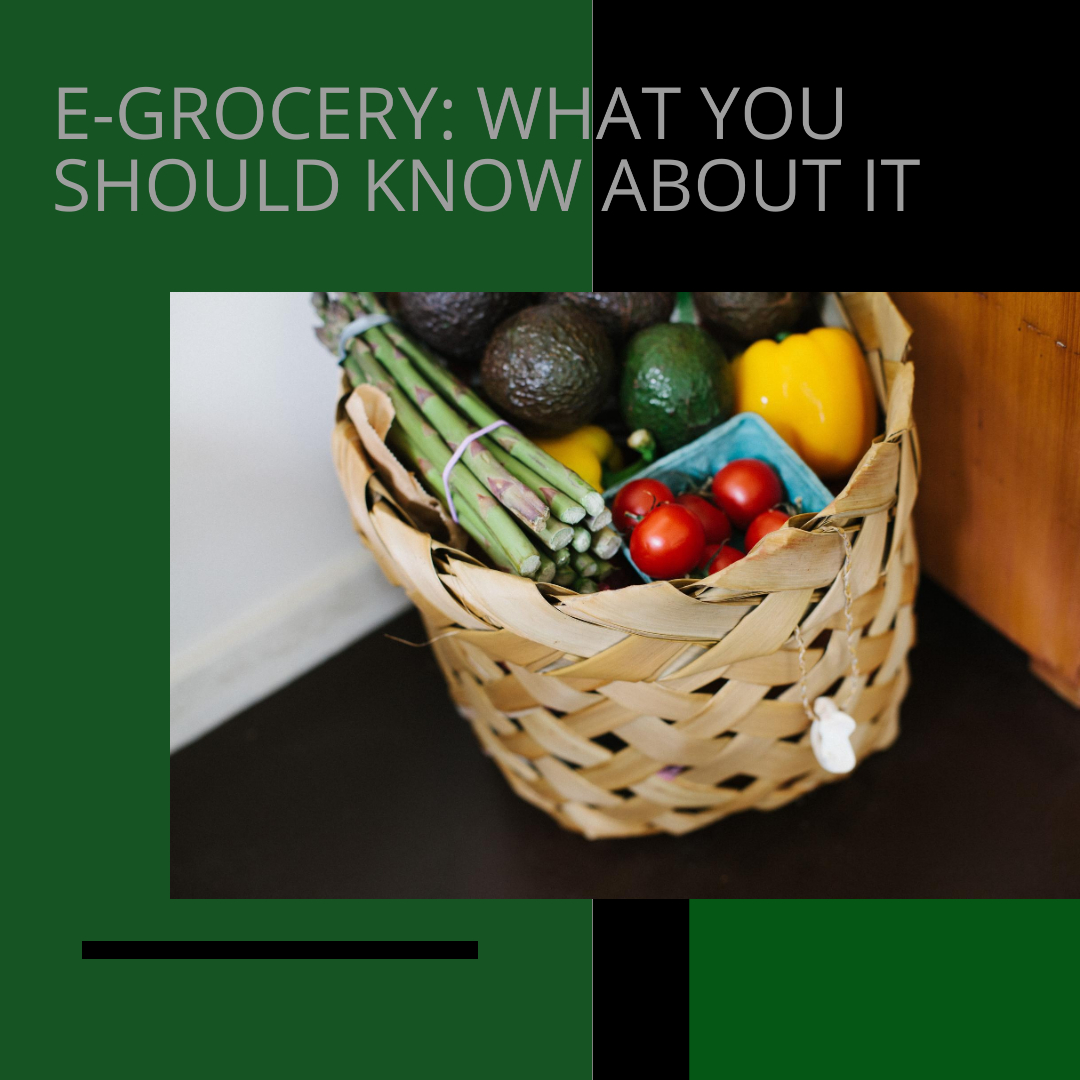E-grocery is the sale of familiar everyday products such as food, cleaning products, household chemicals, related products, and others via the Internet. Initially, e-Commerce meant narrower products: clothes, shoes, furniture. Now a new niche has formed with its own rules and expectations.
The COVID-19 pandemic is driving digitalization. Self-isolation has forced people to change their habits. Some experts believe the demand is temporary, but analysts say food will digitalize faster than any other industry over the next 10 years, and 20% of food sales will be online by 2025.

Digitalization helps to enter direct sales and work not only on B2B but also on the D2C model. For several years now, we have been helping companies of different sizes to automate their processes and go online, so we will be happy to develop and help launch a tool for any sector and any scale. It can be either an online store or a marketplace, or an application.
If you have an idea for a startup, and you are not yet ready to invest large sums for its implementation, we will hold a strategic session and find a solution that will help you create an MVP in a matter of days, and personally see how promising this niche is. We believe that now is the best time to come to your customers and stay with them forever.
When it comes to popular E-groceries, we should consider the lessons learned from launching their online store:
- Featured product functionality should be used with caution.
- Automatic recommendations should be carefully analyzed and monitored so as not to offer the buyer a product that does not match his wallet or status. To offer something else means to create the impression that you do not understand him, do not share his needs, and this will make you feel a lack of live communication with a consultant in the store.
- Most orders are placed in the morning for pickup or delivery in the evening, which is important to consider when planning the work of staff and the store.
- The start of order assembly must be scheduled based on the time of dispatch of the transport to minimize the time the products are outside the refrigerator or fresh zone.
- The quality of the delivered goods must be checked at the assembly stage.
- Most loyal customers buy through the mobile app. For example, the Coop mobile application is used 2 times more often than a computer and allows you to add up to 60 items to the cart in 10 minutes. In which store can you put a similar amount of goods in a cart in such a time? Moreover, when e-shops introduced the possibility of ordering via a mobile device, it was found that the frequency of orders increased: they ordered through a computer about once every 20 days, and through an application – once every 10 days, that is, the attendance increased 2 times!

